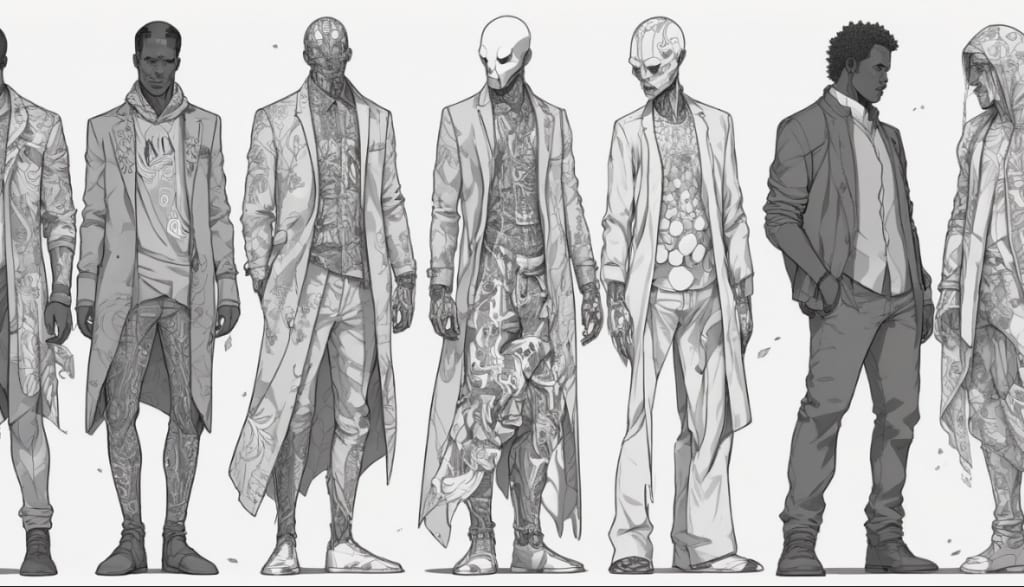
Why do humans wear clothing? It's a question that goes beyond the practical need for protection from the elements or the desire to make a fashion statement. Unlike other animals, we not only make but also wear clothing. Moreover, there's a distinct sense of embarrassment associated with nudity in human societies. This feeling of embarrassment, derived from the Portuguese root "embaraça," meaning to entangle or entwine, seems to be deeply intertwined with our social nature.
This t-shirt and hoodie, remnants from the YouTube Space LA, are modern expressions of clothing's multifaceted role. However, the history of clothing extends far beyond these contemporary examples, spanning at least the last 100,000 years. Clothing serves a range of purposes, from protecting us against the elements to serving as a form of ornamentation, a means of showcasing wealth, and even aiding in the construction of our individual identities. Yet, in this exploration, the focus is on a less-explored facet of clothing: modesty.
Why do humans exhibit a fear of being naked? Why is there a pervasive sense of shame associated with nudity, especially when animals roam freely without such concerns? To understand this, we delve into the realm of embarrassment. This emotion, profoundly social in nature, rarely surfaces when one is alone. Its evolutionary roots can be traced back to its role in fostering social cooperation. By feeling embarrassed when violating social norms, individuals contribute to the collective effort of living harmoniously in a society.
Embarrassment, therefore, serves as an indicator of likeability, forgivability, and trustworthiness. Healthy brains experience occasional embarrassment, signifying socially adept and normally functioning cognitive processes. In a revealing experiment, actors who expressed embarrassment were more likely to be trusted and perceived as cooperative during subsequent interactions, highlighting the social benefits of this emotion.
Shame, a stronger emotion often linked to private parts and nudity, is intricately tied to the concept of modesty. Havelock Ellis' exploration of the evolution of modesty provides insights into our fear of nakedness. Ellis suggests two primary reasons for this fear: the vital phenomenon of refusal and the fear of evoking disgust.
The first, refusal, is a pre-mating game seen in many animals where a pursuer must prove determination before being chosen as a mate. Paradoxically, clothing serves both to draw attention to one's body and cover it modestly, making individuals less readily available to potential mates and rendering breeding more selective.
The second reason, fear of evoking disgust, aligns with the instinct to avoid potentially harmful substances. Animals that avoid their waste contribute to more sanitary conditions, promoting species survival. This aligns with the rapid adoption of clothing to cover private areas once it was invented.
In 2009, the BBC explored another factor influencing modesty: the raising of children. Unlike super precocial animals that are born ready for life, human babies are born altricial, requiring extensive care and development. This delayed development is attributed to the need for large brains, which, relative to body size, are disproportionately large in humans.
The theory posits that prioritizing modesty and raising children over constant mating allows humans to invest time and resources in properly raising their offspring. Clothing, by concealing private parts, contributes to this social structure by minimizing the focus on constant mating and providing more time for nurturing and child-rearing.
In essence, clothing emerges not only as a practical solution to environmental challenges but also as a consequence of our uniquely large brains. The need for extensive care for human infants, coupled with the advantages of social cooperation and selective breeding, led to the development of clothing as a tool for modesty and societal development.
The next time you don your clothes, consider that, beyond its practicalities, it symbolizes the intricate dance of social evolution and intelligence that distinguishes humans from the rest of the animal kingdom. Clothing, in all its variations, serves as a tangible reminder of our complex journey from embarrassment to evolution.
About the Creator
Kei Ben
A fresh read goes a long way.






Comments
Kei Ben is not accepting comments at the moment
Want to show your support? Send them a one-off tip.